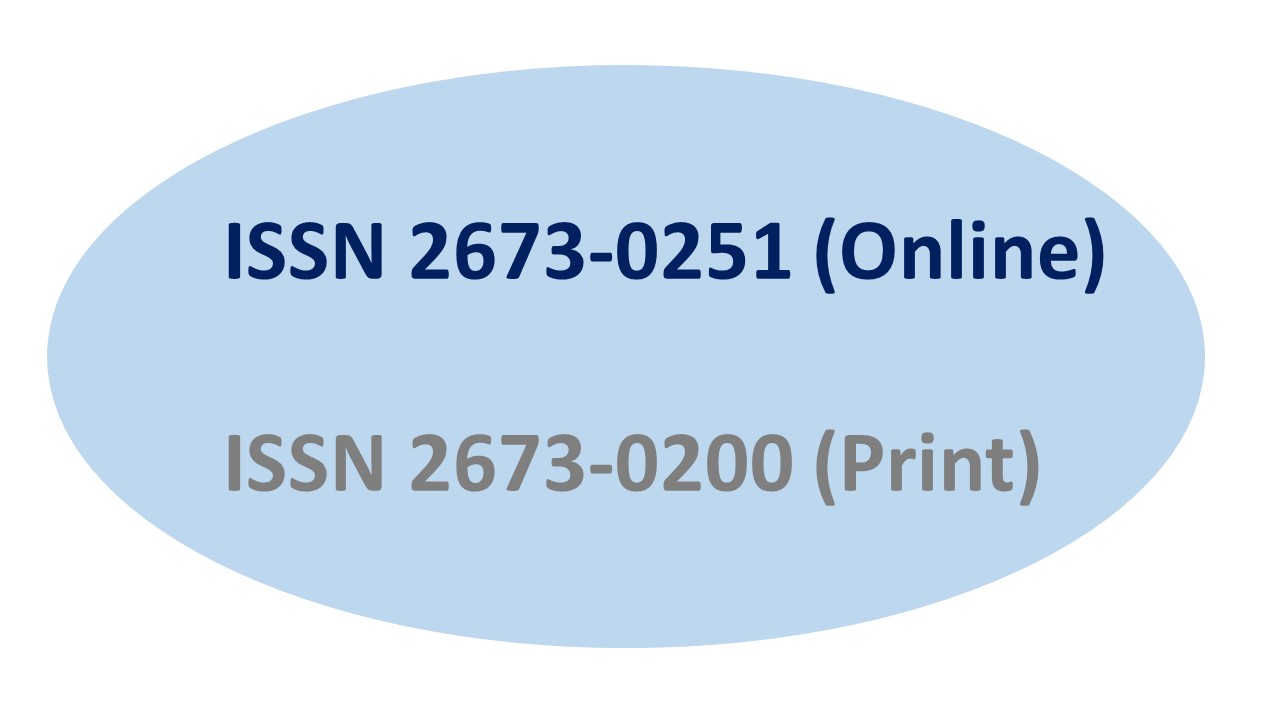Experimental Studies of Automate Temperature and Relative Humidity Control System to Minimize Adverse Health Effects
Keywords:
Health Effects, Temperature and Humidity Control, Thermal ComfortAbstract
Relative humidity is directly related to human thermal comfort. Relative humidity also has indirect effects on the growth and existence of contagious diseases and allergies, especially within the enclosed area where the air-conditioning system has been installed. However, the air-conditioning system can only control the temperature at a stable level; typically, an air conditioning system cannot automatically control relative humidity. The system still needs a special device to increase or reduce relative humidity, which would increase the cost of the system.
The objective of this research is to improve and investigate the effectiveness of split-type air-conditioning system to control relative humidity (RH) and temperature level in the bedroom by using a low cost, newly designed large memory microcontroller unit sensor. This sensor would cooperate with air-conditioning system to control bedroom temperature and relative humidity within the range 25⁰c ±1⁰c and 55% RH ±1.5% RH. This range was chosen to reduce the indirect effect of relative humidity on the occurrence of allergies and the existence of diseases. The sensor detects the temperature and relative humidity within the bedroom and sending the commands to the air-conditioning system to adjust these parameters through an infrared blaster. The sensor operates on an automated, changing operation mode that can turn on the drying mode of the air-conditioning system to dehumidify the air in the bedroom. The tested bedroom in this study was 16 m2 with a 12,000 BTU air-conditioning system for system performance evaluation.
In this experimental study, the air conditioner initially operates in cool mode. If the bedroom’s relative humidity is over than 60%RH, the sensor will automatically send the command to change the air-conditioner to operate under dry mode until the relative humidity is reduced to close at 55%RH +1.5% . After reaching the optimum humidity, it will switch back to run at its initial setting again. In contrast, if the bedroom’s relative humidity is lower than 50%RH, the sensor will automatically send the command to increase the air-conditioner’s temperature setting by 2⁰C under cool mode, until the relative humidity is close to 55%RH -1.5% . After reaching this RH, it will swap back to it initial setting. This operation procedure will continue until the user turns off the bedroom air-conditioning system. Our hypothesis is that the newly designed air conditioning system with the large memory microcontroller unit with an improved sensor improvement could control temperature and relative humidity in the bedroom to keep steady at average ±0.65⁰C from setting temperature and at an average relative humidity of 56.15 % RH.
References
Thongkhome P and Veangkum S. (2019). Experimental Studies of Automate Temperature and
Relative Humidity Control System Using Drying Mode Air-Conditioning System, The 19th International Conference of Public Health Sciences in Collaboration with the 11th Teikyo-Havard Symposium, 84-85.
Thongkhome P and Veangkum S. (2019). Experimental Studies of Automate Temperature and
Relative Humidity Control System to Minimize Adverse Health Effects, International Conference on Advancement in Health Sciences Education and Professions : Synergy and Reform for Better Health , 12.
Holm, D, Engelbrecht, FA (2005). Practical choice of thermal comfort scale and range in naturally
ventilated building in south Africa, Journal of the south African institution of civil engineering 47, 9-14.
Baughman, AV, Arens, EA (1996). Indoor humidity and human health-part I: literature review of
health effects of humidity-influenced indoor pollutants, ASHRAE Transactions 102, 193-211.
Balaras, CA. Dascalaki, E. Gaglia, A. (2007). HVAC and indoor thermal condition in hospital
opearation rooms, Energy and Buildings 39, 454-470.
Downloads
Published
Issue
Section
License
If the manuscript is accepted for publication, copyright of the article shall be assigned to the IJPHS. After acceptance of a manuscript, the authors will be requested to complete a copyright transfer agreement form







